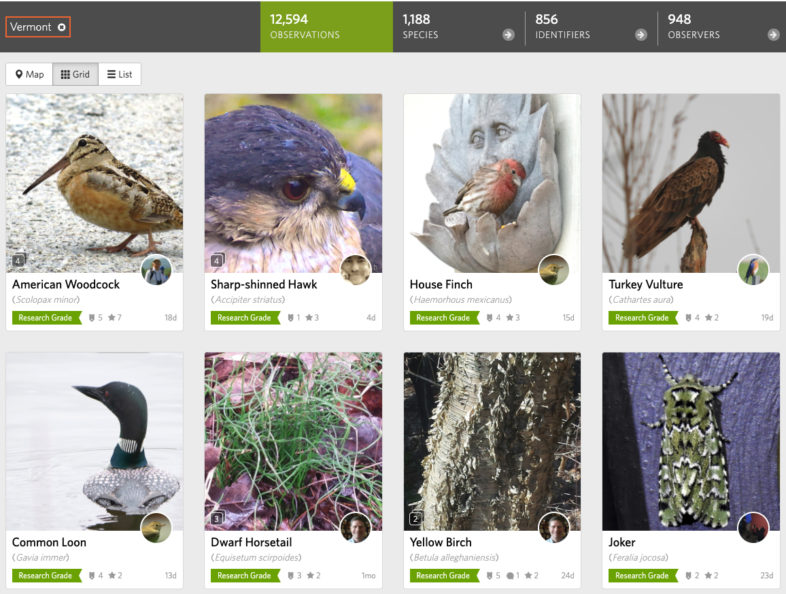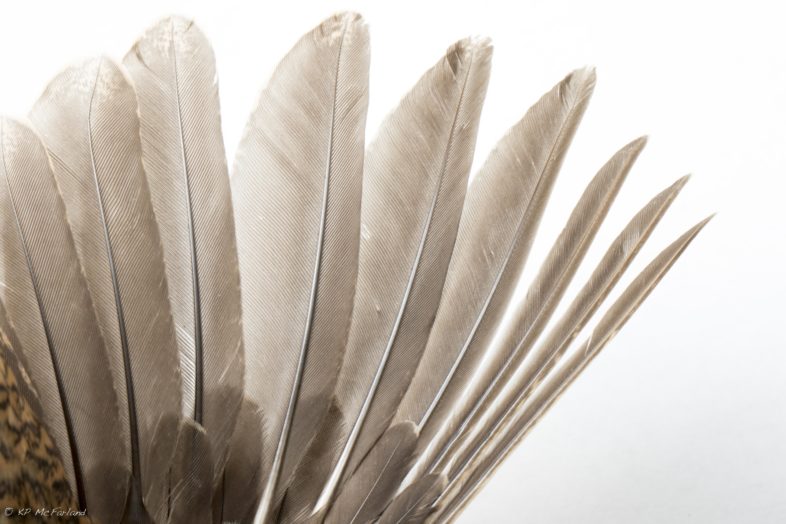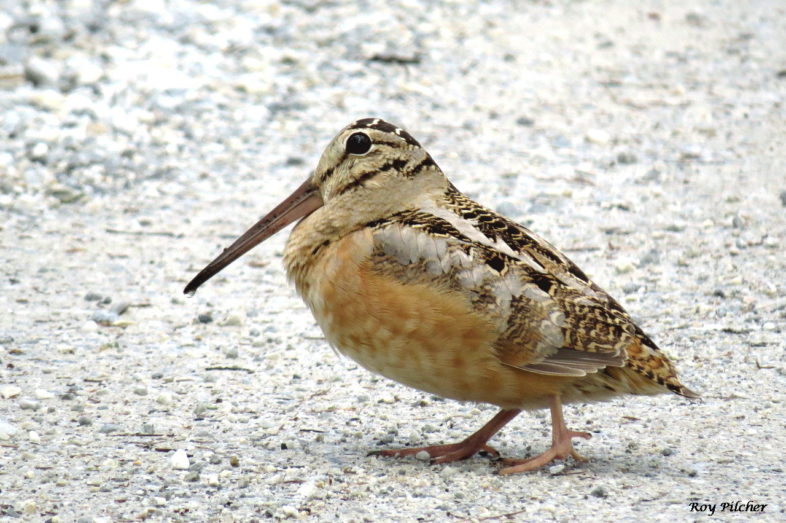Congratulations to Roy Pilcher for winning the April 2020 Vermont Atlas of Life iNaturalist photo-observation of the month. The arrival of the American Woodcock is one of the exciting signs of spring in Vermont. And Roy’s image celebrated this beautifully with one strutting their stuff.

Withover 12,500 photo-observations submitted by 948 observers this month, it was extremely competitive. Click on the image to see and explore all of the amazing photo-observations.
Aldo Leopold called their spring display the sky dance in his 1949 classic A Sand County Almanac. Usually a few minutes after sunset, male woodcocks begin to display. Each defends a small area on the ground were the peent, a short (~0.2 seconds) buzzy note is repeated over and over. If you are close enough you can also hear each peent preceded by a short (0.3 seconds) tuukoo, wukoo or ka-rurr sound. The two sounds often merge into one, tuukooeeent. He may also give tuukoo calls at widely separated intervals (0.2–30 seconds) initially after alighting on display area or when alert to strange sounds.
The sky dance begins when the “peenting” bouts end. There are five parts to the flight:
- a silent, gradual ascent lasting about 2 seconds;
- a continued gradual ascent with light wing twittering for about 12 seconds;
- the wing twittering becomes melodious as he climbs steeper and then loops into spirals for about 15 seconds;
- the apex of the flight lasts for about 12 seconds and may be 300 feet high, as the wing twittering becomes intermittent with rapid, short bursts, overlapping with loud, vocal chirping during the initial descent as he zig-zags, dives, and banks, then pitching down again precipitously;
- a silent descent lasts up to 8 seconds as he brakes to the ground with soft but audible flapping wings and lands back on his stage to resume another bout of peenting.
The twittering sound is produced by air passing between three attenuated outer primary feathers on the wing. The outer primaries of a male American Woodcock are narrowed (termed emarginated), which produces whistling twitters during the sky dance. The chirping calls made during the sky dance are a fast, repetitive series of 4–6, melodious notes – chirp-chirp-Chirpchirpchirp, repeated.

American Woodcock wing from a bird that had been hit by a car. The three flight feathers at the end, which are reduced in size, make the whistling sound as the fly overhead displaying. / © K.P. McFarland
Sometimes they will give a rapid, harsh cackle, ca-ca-ca-ca-ca , as they fly low over another peenting male. Cackling is probably an aggressive challenge. Sometimes the peenting bird may chase the aggressor and cackle back. If two peenting males are too close to each other, they may give aggressive cackle calls on the ground too.
As many as 24 sky dances can be performed by an individual during an evening performance, but most average a half dozen per night. As twilight disappears from the western sky, the performers retire for the night and wait for the dim light of the morning for another bout of sky dancing.
Visit the Vermont Atlas of Life on iNaturalist where you can vote for the winner this month by clicking the ‘fav’ star on your favorite photo-observation. Make sure you get outdoors and record the biodiversity around you, then submit your discoveries and you could be a winner!

